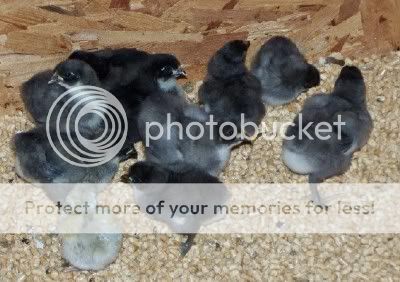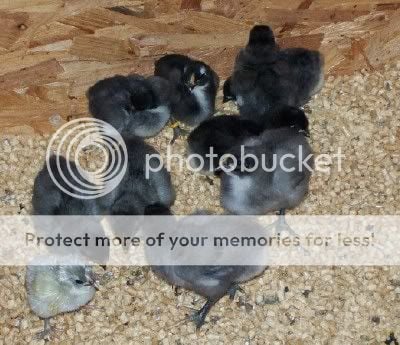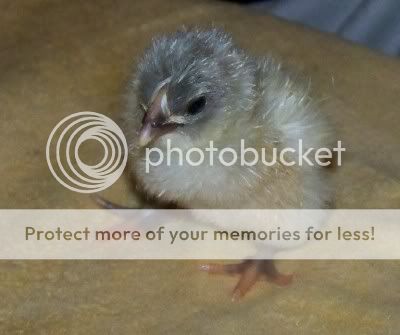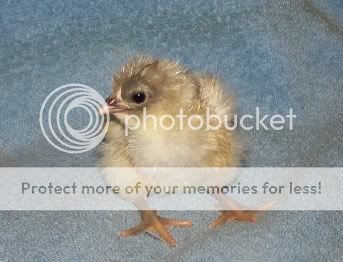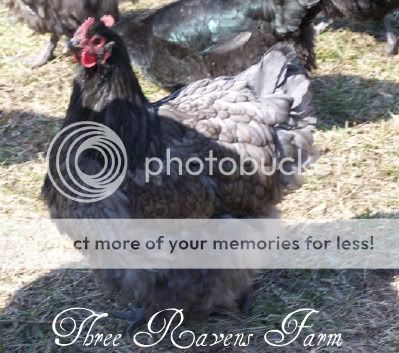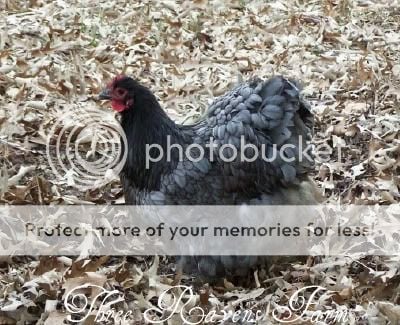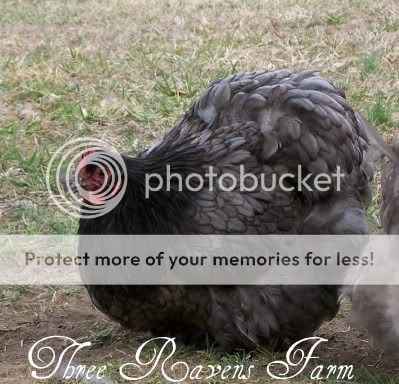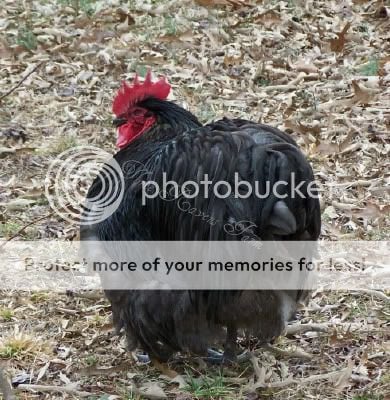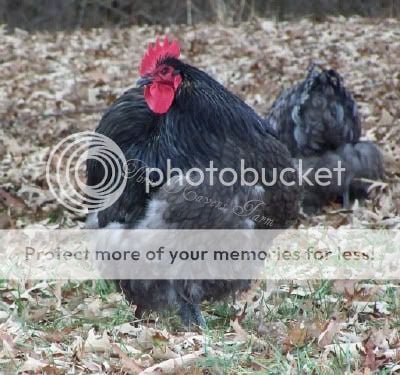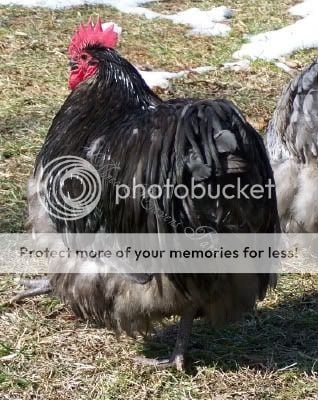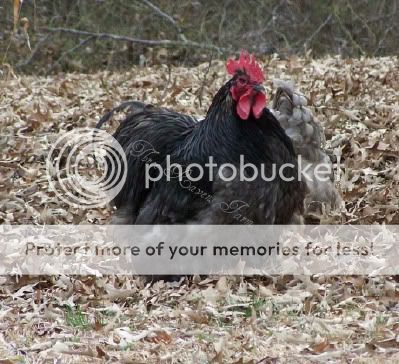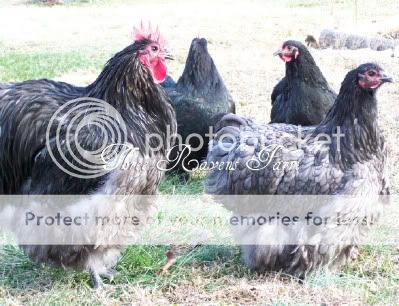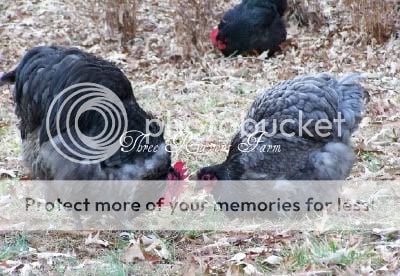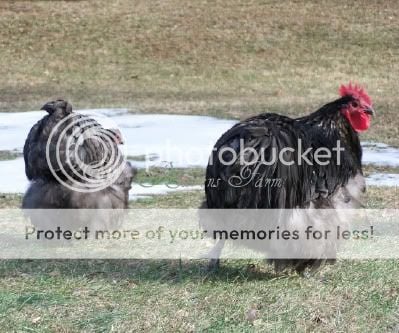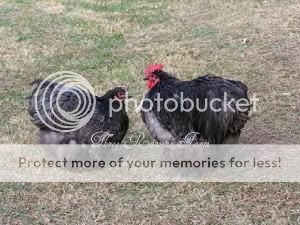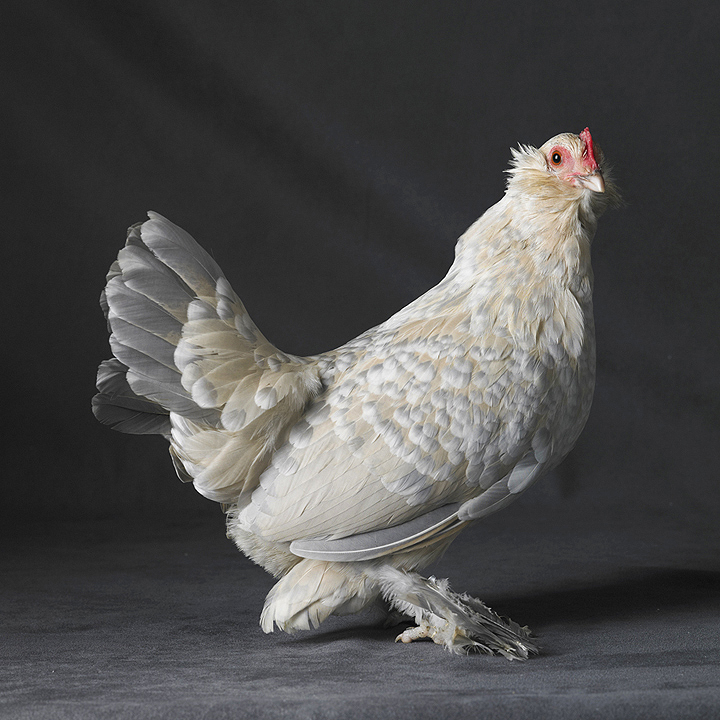This thread is to post pictures and discuss the beautiful English Orps. Please, no discussion on APA standards, auctions, etc. We just want to see pictures and talk about this beautiful eye candy.
Winston and Clementine are our English Blue Orpingtons that we imported last year. I took some photos today of their oldest chicks, The O's (Olympia and Octavia), Hagrid, Rumples, and Bluebell, and thought I would share.
Bluebell - she is such a pretty little girl
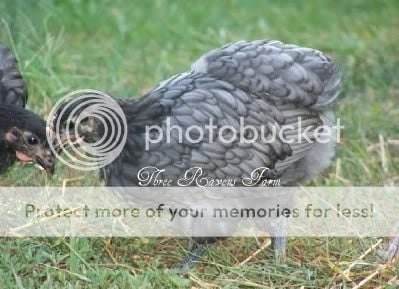
Hagrid
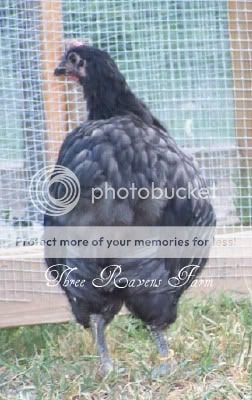
Hagrid and Octavia
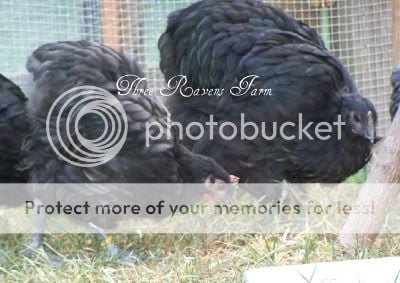
Hagrid and Olympia
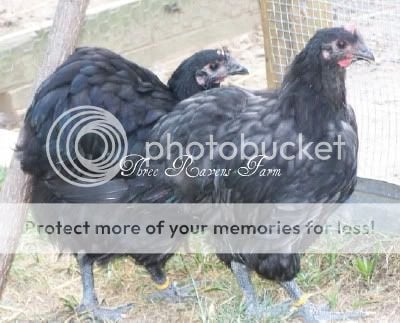
Rumples
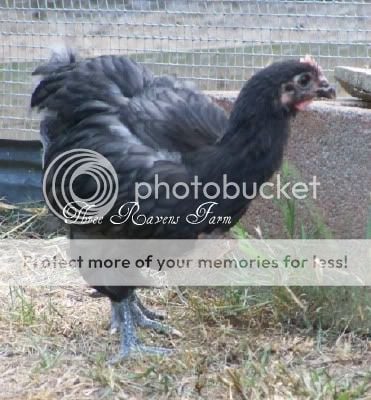
The Three Butts - Hagrid and The O's
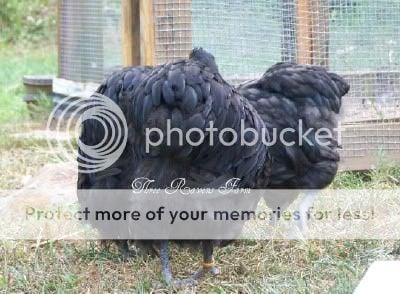
The O's, Bluebell, and Hagrid
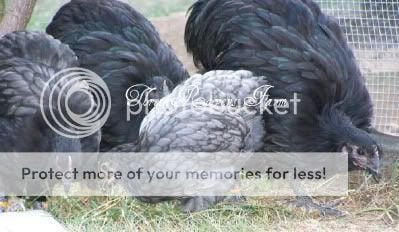
The O's, Hagrid, and Rumples
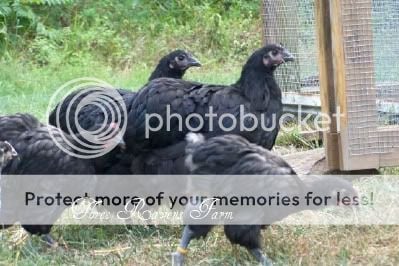
The O's
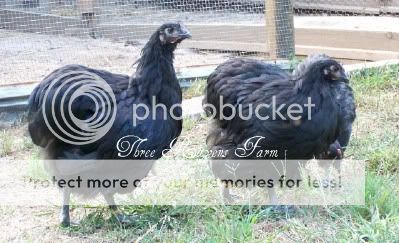
Olympia
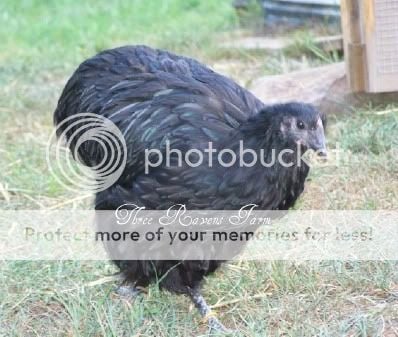
Rumples and Bluebell - I love this picture
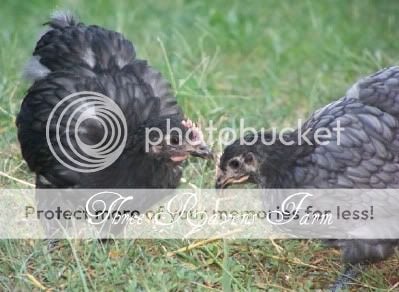
The O's
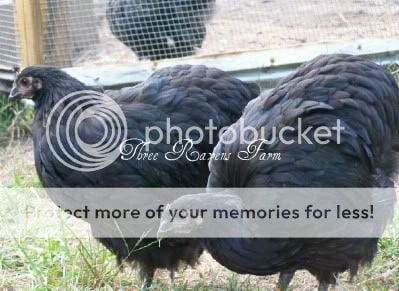
Octavia - I think she is absolutely stunning, if I do say so myself.
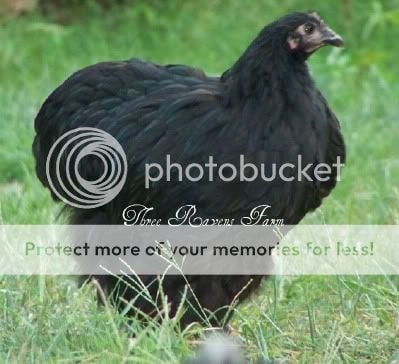
Winston and Clementine are our English Blue Orpingtons that we imported last year. I took some photos today of their oldest chicks, The O's (Olympia and Octavia), Hagrid, Rumples, and Bluebell, and thought I would share.
Bluebell - she is such a pretty little girl

Hagrid

Hagrid and Octavia

Hagrid and Olympia

Rumples

The Three Butts - Hagrid and The O's

The O's, Bluebell, and Hagrid

The O's, Hagrid, and Rumples

The O's

Olympia

Rumples and Bluebell - I love this picture

The O's

Octavia - I think she is absolutely stunning, if I do say so myself.

Last edited:


 Silver Laced Orps
Silver Laced Orps
